Few cars have reinvented themselves as many times—or as successfully—as the Ford Thunderbird. What started in 1955 as a sleek two-seat roadster quickly evolved into one of America’s most enduring personal luxury cars. Over the decades, it shifted shapes, changed missions, and kept finding new ways to stay relevant, whether through jet-age styling, big-block muscle, or high-tech turbocharged flair.
This article walks through 10 key facts that help explain why the Thunderbird still stands out. It’s not just a car—it’s a rolling history lesson in how American style and ambition played out across five decades.
It Was Ford’s Answer to the Corvette
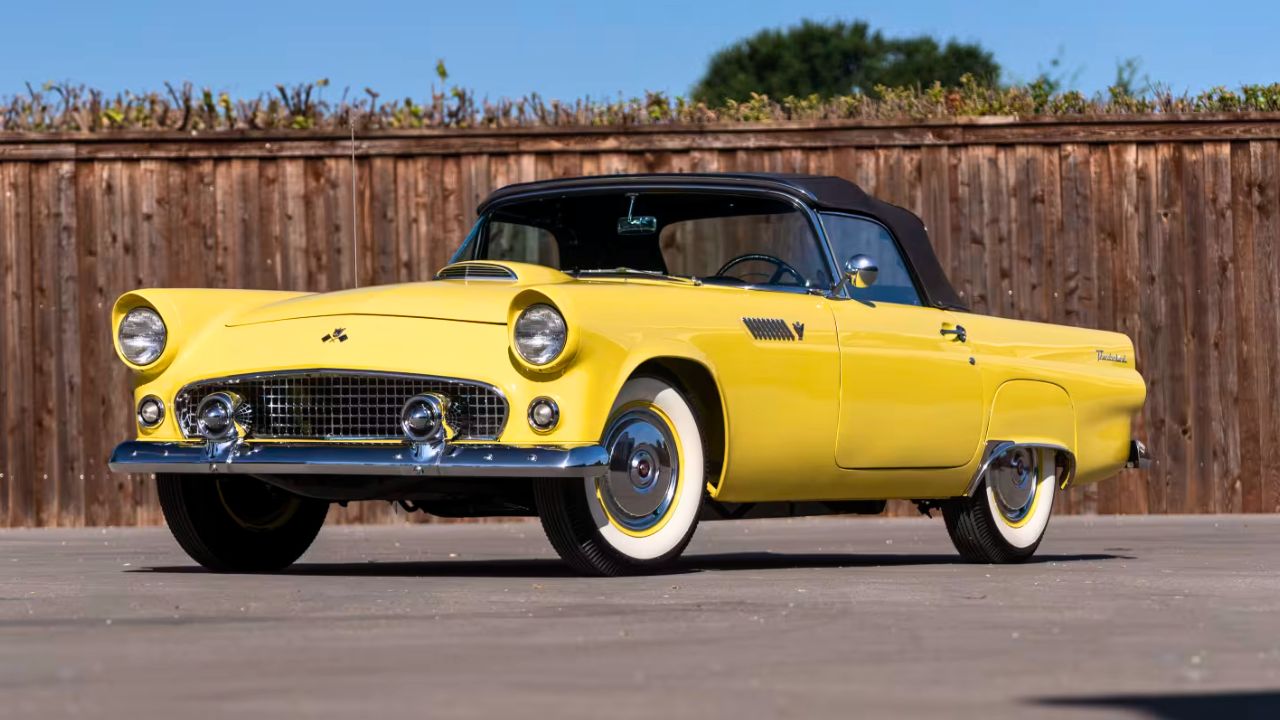
When the Thunderbird debuted in 1955, it wasn’t built to chase lap times—it was Ford’s counter to Chevrolet’s Corvette, but with a more refined focus. The first-gen T-Bird was a two-seater convertible with a steel body, powered by a 292 cubic inch V8 making 193 horsepower.
Unlike the Corvette, the Thunderbird was marketed as a “personal car” with a focus on style and comfort. Ford sold 16,155 units that first year—vastly outselling the Corvette’s 700. It set the tone for what would become a long, shape-shifting run.
The 1957 Thunderbird Marked a High Point
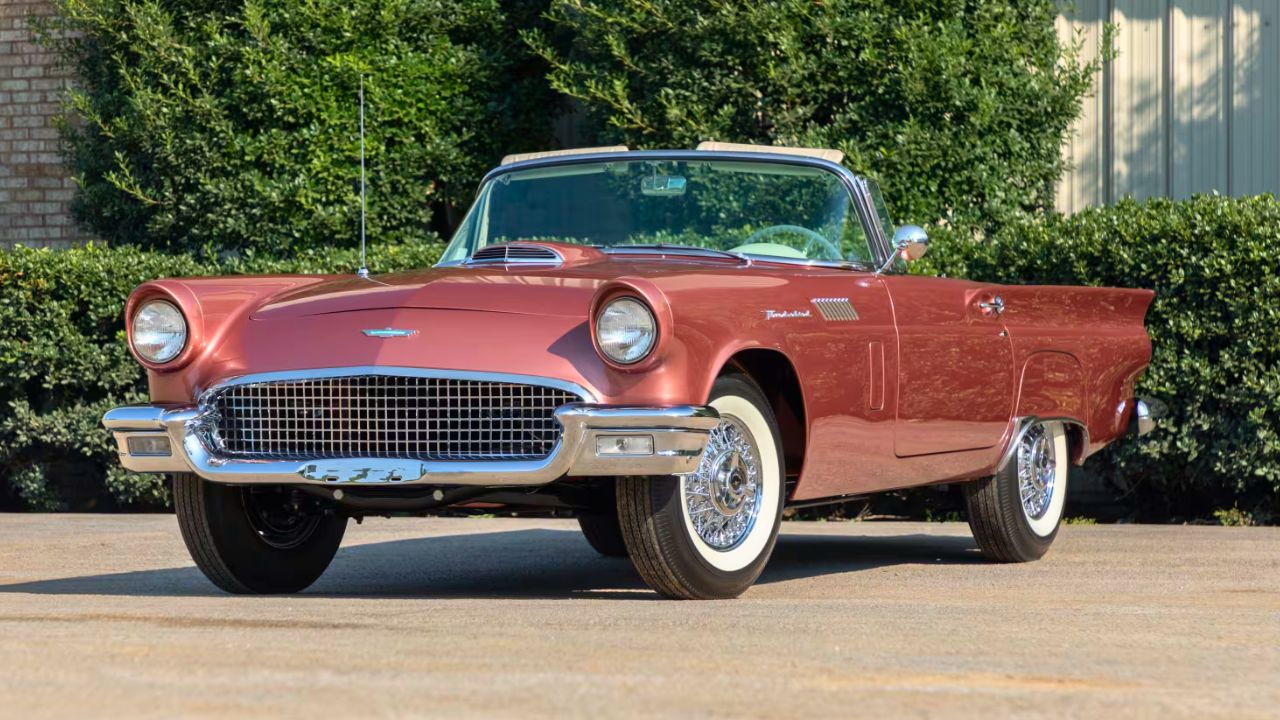
By 1957, the Thunderbird had grown a bit, both in refinement and power. The 312 cubic inch V8 became standard, with an optional supercharged version producing 300 horsepower. It also introduced fins and a sleeker tail design, capturing the era’s jet-age flair.
That year, Ford sold 21,380 Thunderbirds, the highest total of the two-seat versions. The ’57 model is now widely regarded as the most collectible of the early Thunderbirds. It marked the end of the first era—after this, Ford reimagined the T-Bird as a four-seater.
The Four-Seat Thunderbird Changed the Game

In 1958, Ford took a gamble by stretching the Thunderbird into a four-seat “luxury coupe.” It worked—sales more than doubled, hitting over 37,000 units. While purists grumbled, Ford found a new audience, one that cared more about looks and comfort than performance.
The second-gen Thunderbird introduced a new unibody construction and more upscale appointments. It even won Motor Trend’s Car of the Year. This shift laid the groundwork for what the Thunderbird would become: a car focused on personal luxury, not outright speed.
The 1961 Bullet Bird Had Space-Age Style

The 1961 Thunderbird, known as the “Bullet Bird,” arrived with sharp styling, a pointed front end, and a sloped rear deck. It looked like something straight off a rocket pad. The car came standard with a 390 cubic inch V8, rated at 300 hp.
This third-generation T-Bird was more about flair than muscle, and it leaned hard into the early ’60s space-age vibe. It also introduced swing-away steering and deep-set bucket seats—design touches that felt upscale. Production climbed to over 73,000 units that year.
Thunderbird Landau Models Brought Extra Flair

By the mid-1960s, Thunderbird buyers wanted more than just performance—they wanted presence. Ford answered with the Landau models, which featured padded vinyl roofs, S-shaped roof pillars, and upscale interior treatments. These weren’t just add-ons—they helped the Thunderbird stand apart from other coupes.
The 1966 Landau was one of the most popular configurations, with nearly 35,000 units sold. Inside, you got woodgrain trim, full instrumentation, and high-backed seats. It was the kind of car you could pull up in and still feel like you made a statement—without shouting.
The Thunderbird Once Had Suicide Doors

From 1967 to 1971, the Thunderbird rode on a new body style that shared some engineering with the Lincoln Continental—including the famous rear-hinged “suicide” doors on the four-door models. It was an unusual design choice for a Thunderbird, but it gave the car real presence.
Under the hood, big-block power was still the norm—most models ran with a 429 cubic inch V8. These were heavy cars, built more for cruising than carving corners, but they delivered smooth, quiet power and the kind of ride quality you’d expect from a personal luxury car.
The 1977 Downsized Thunderbird Boosted Sales
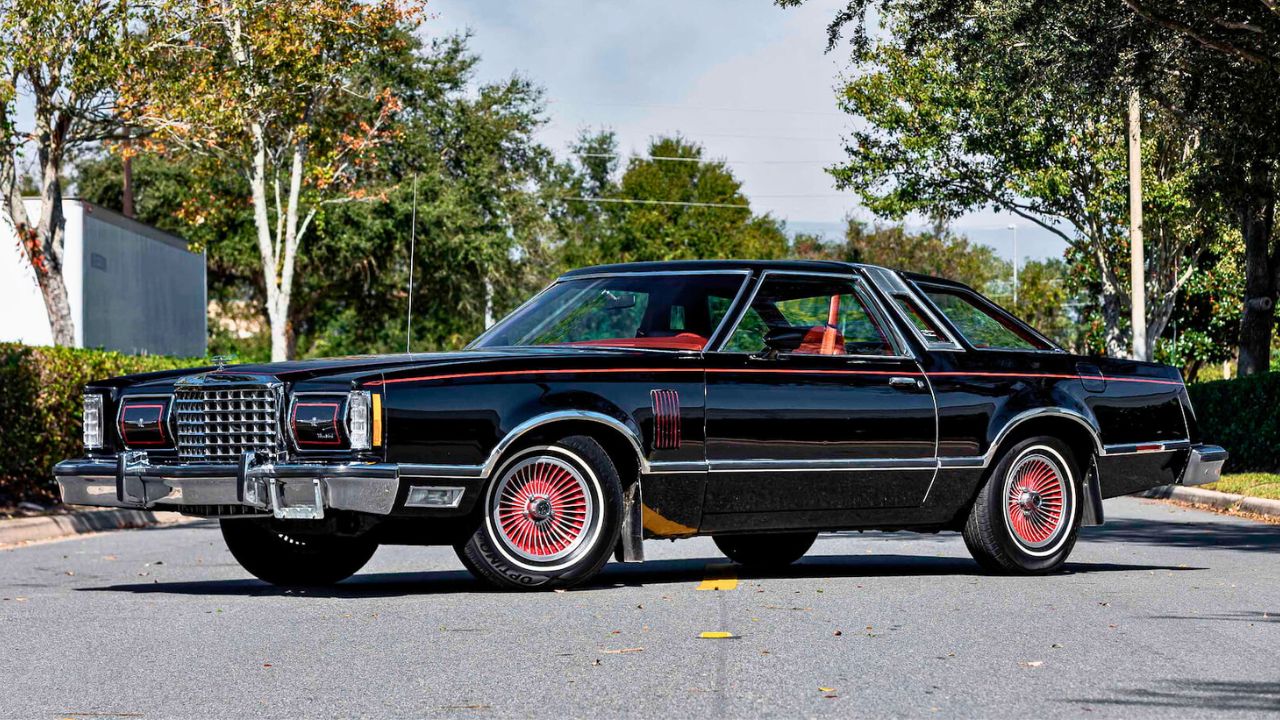
Facing changing regulations and gas prices, Ford shrank the Thunderbird in 1977 and put it on a midsize chassis. It shared bones with the Ford LTD II and had a more manageable footprint—while keeping the luxury cues buyers expected.
It worked. Sales soared to over 318,000 units in 1977 alone, making it the best-selling Thunderbird ever. These cars weren’t fast, but they offered V8 power, padded tops, opera windows, and soft interiors. It was clear: people still loved the T-Bird—just not the size or price it had before.
Turbo Coupes Brought Back Performance
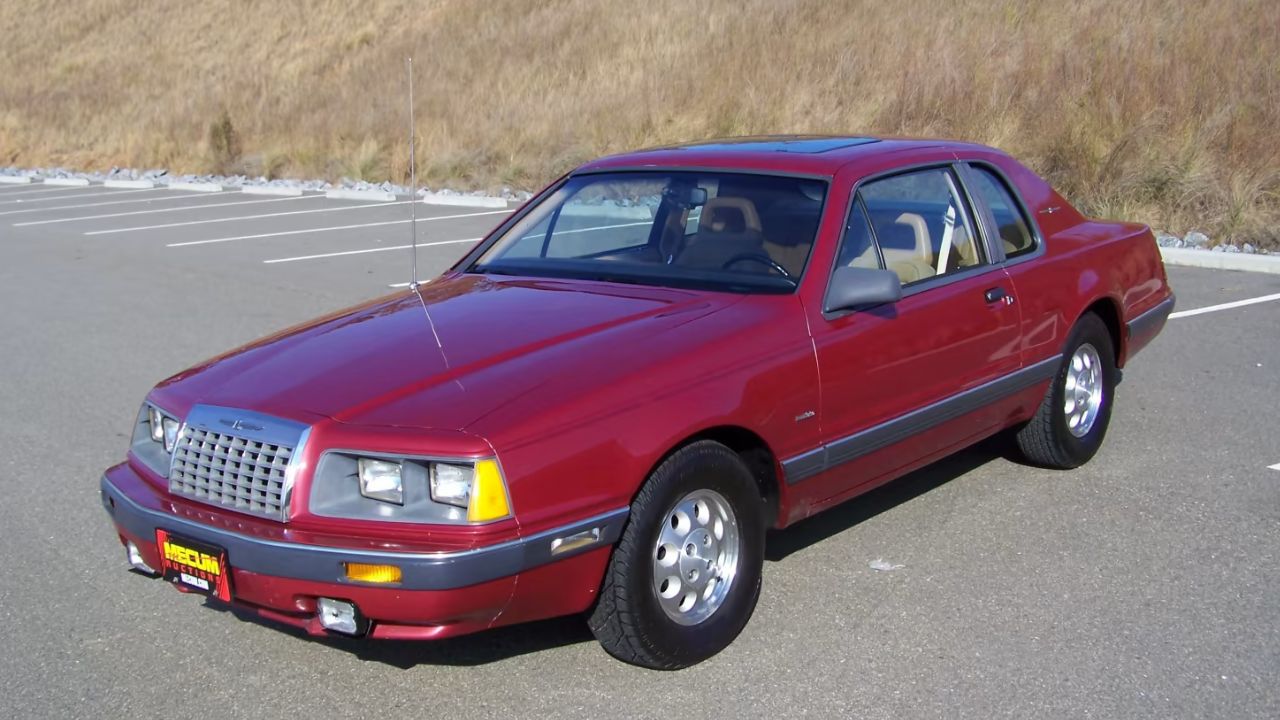
In the 1980s, Ford tried to add some sport back into the Thunderbird lineup. The Turbo Coupe, offered from 1983 to 1988, featured a 2.3-liter turbocharged four-cylinder with up to 190 hp in later models—paired with a 5-speed manual transmission and independent rear suspension.
The Turbo Coupe won Motor Trend’s Car of the Year in 1987. It was a genuine attempt to bring driving fun back to the Thunderbird name, while still keeping the luxury features intact. For buyers who wanted something a little different from the usual V8 cruiser, it hit the mark.
The 2002 Retro Revival Was Short-Lived
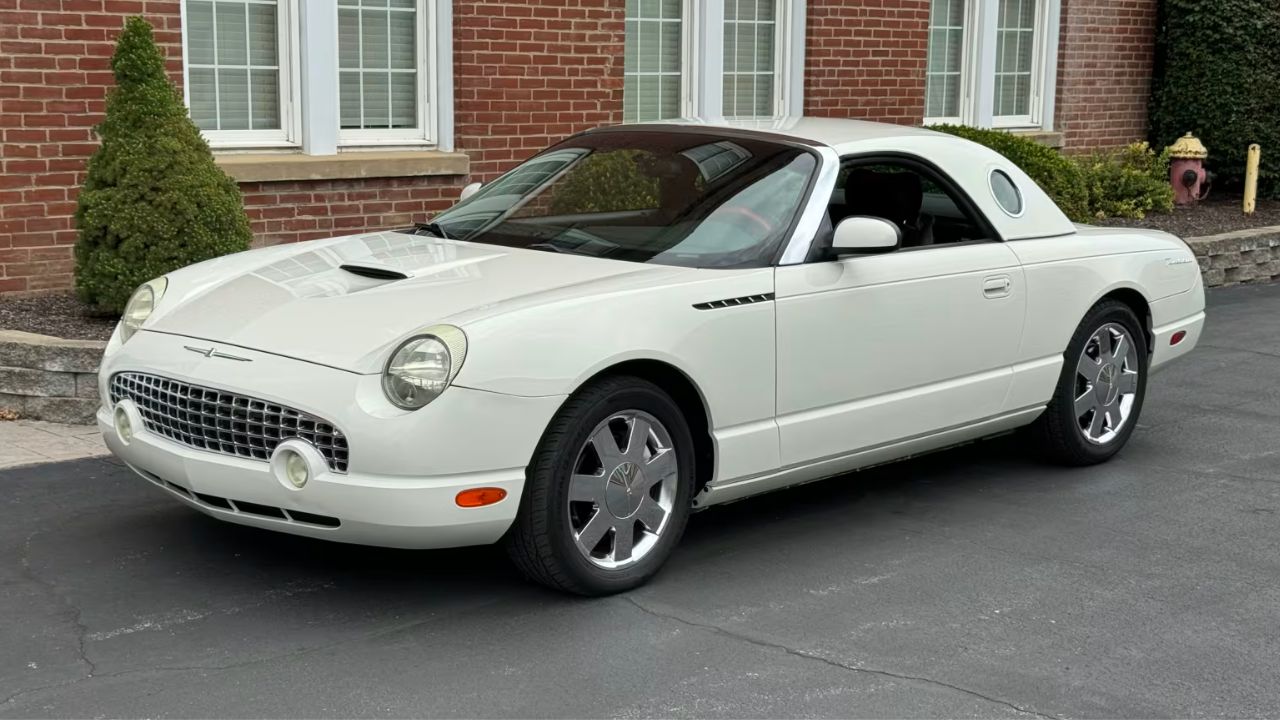
Ford brought the Thunderbird back in 2002 as a modern two-seater roadster, borrowing design cues from the original 1955 model. It rode on a platform shared with the Lincoln LS and came with a 3.9-liter V8 making 252 horsepower.
While initial sales were strong—around 31,000 in the first year—interest faded quickly. The car didn’t quite hit the nostalgic notes enthusiasts hoped for. Production ended after 2005, with fewer than 70,000 built in total. It was a stylish effort, but it never caught on like the original.
Thunderbird Left a Lasting Legacy

Across its 11 generations, the Thunderbird changed shape, mission, and audience—but it never stopped being relevant. It influenced everything from personal luxury coupes to American GTs. Whether you prefer the two-seat originals, the big V8 land yachts, or the ‘80s Turbo Coupes, there’s a Thunderbird out there that probably hits home.
Production stopped for good in 2005, but the Thunderbird still has a loyal following. It’s not just nostalgia—it’s respect for a car that lasted 50 years while constantly adapting. That kind of longevity doesn’t happen by accident.
Like what you read? Here’s more by us:
*Created with AI assistance and editor review.

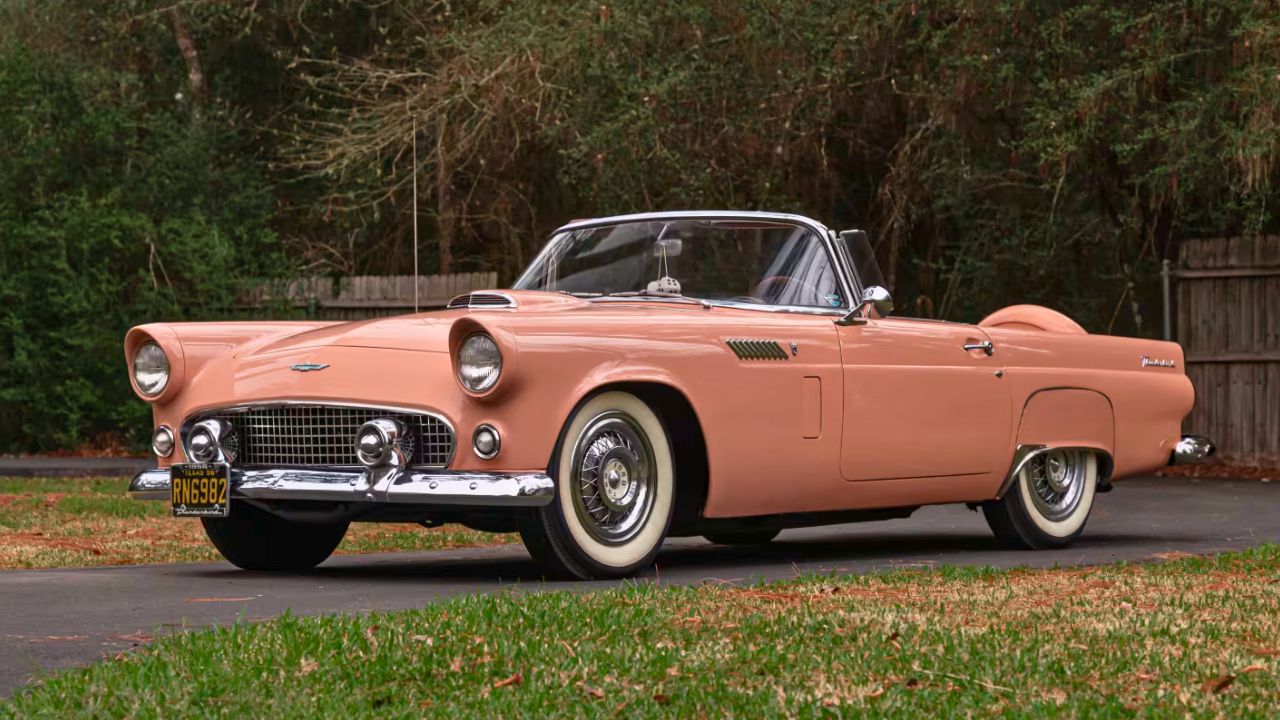
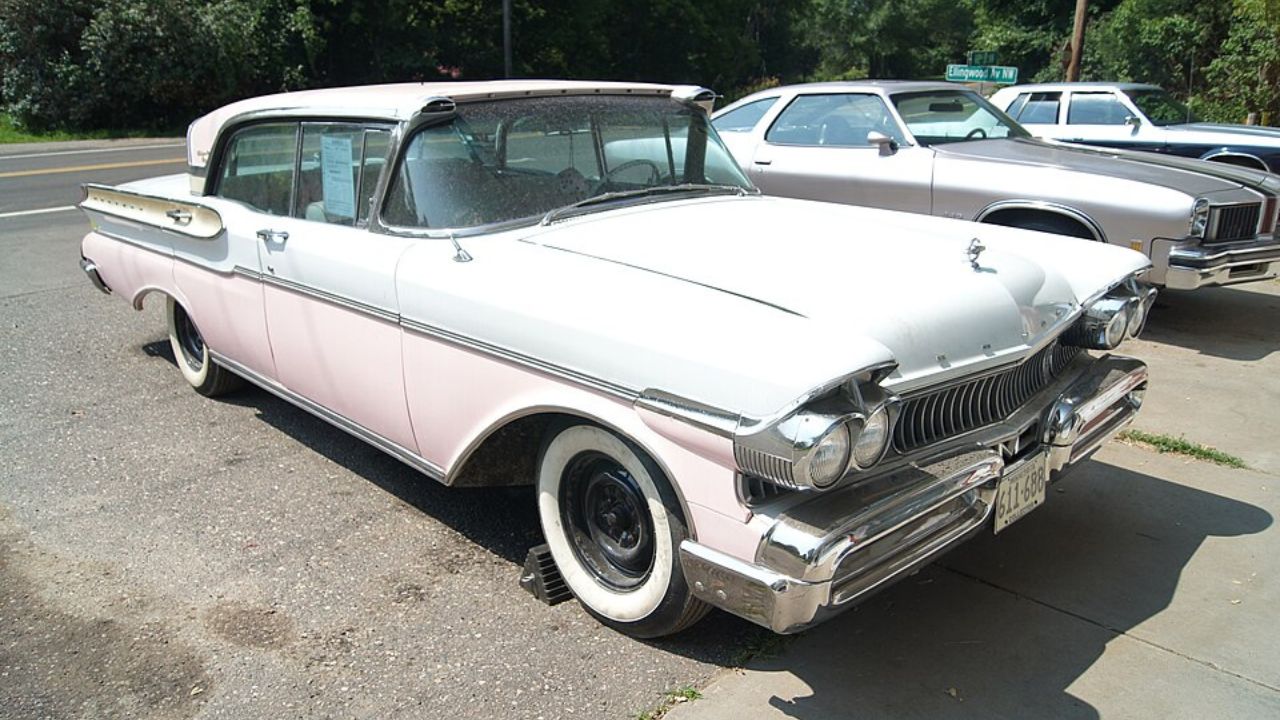
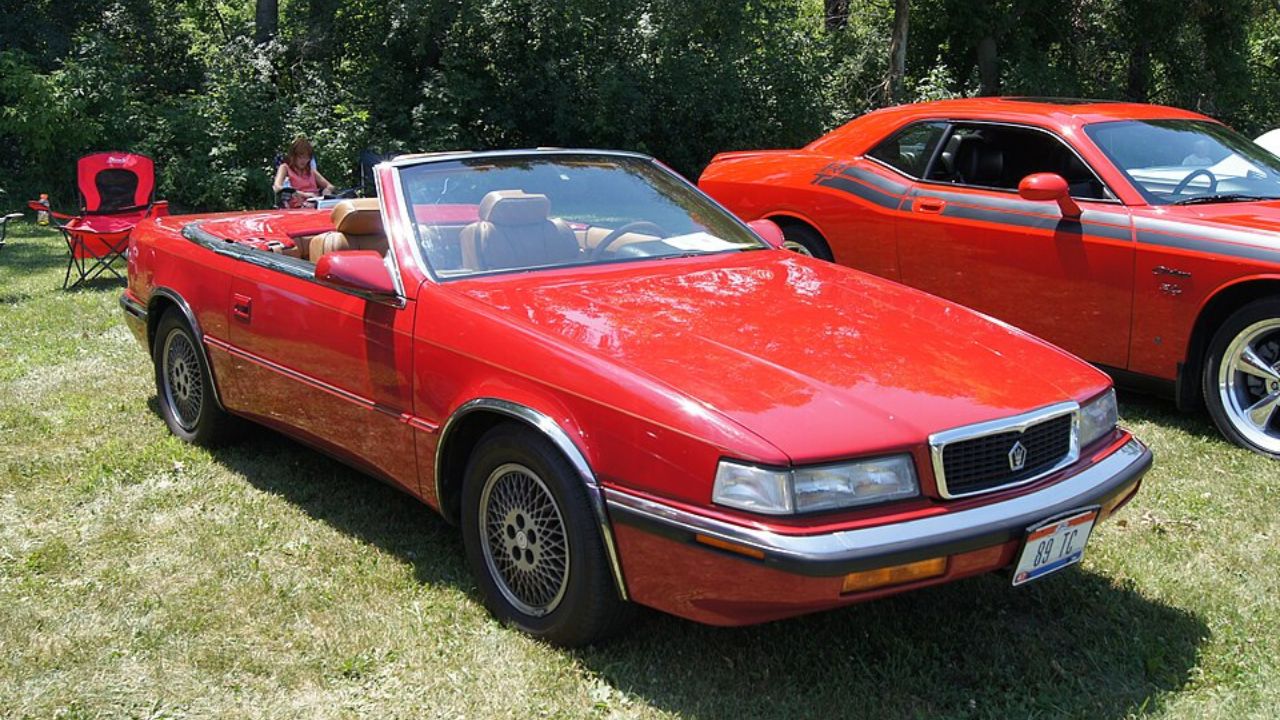
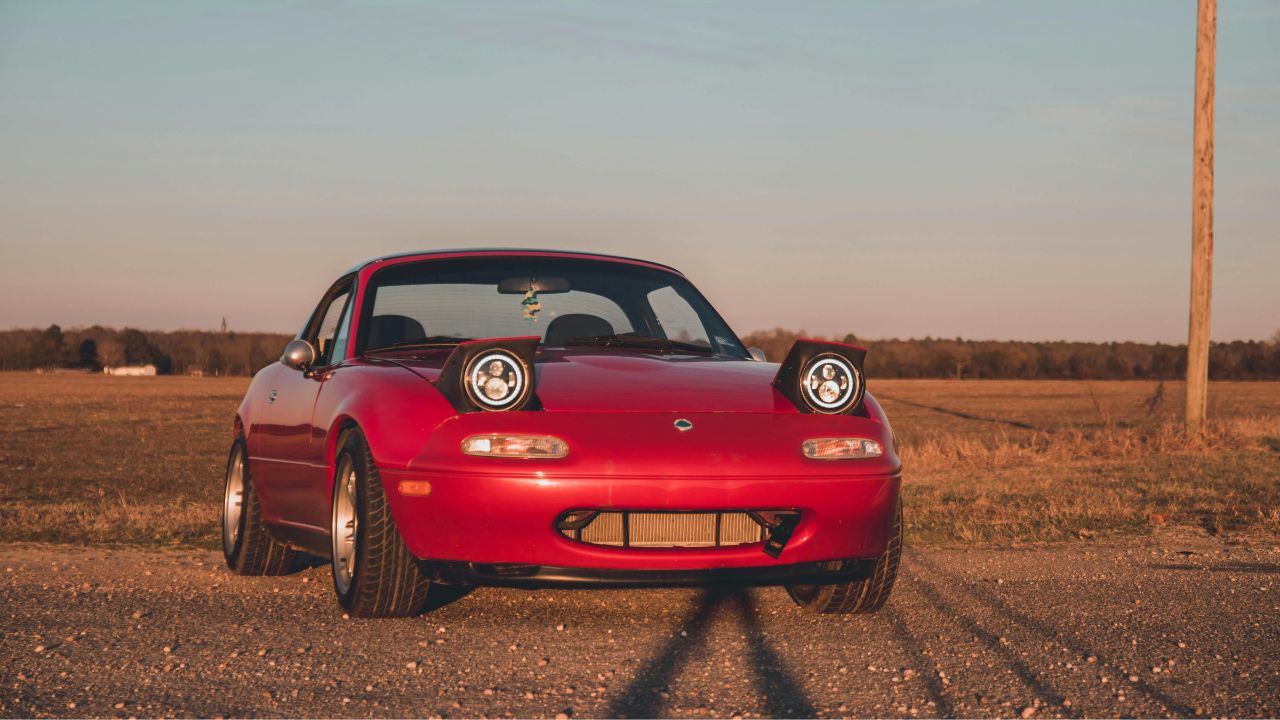
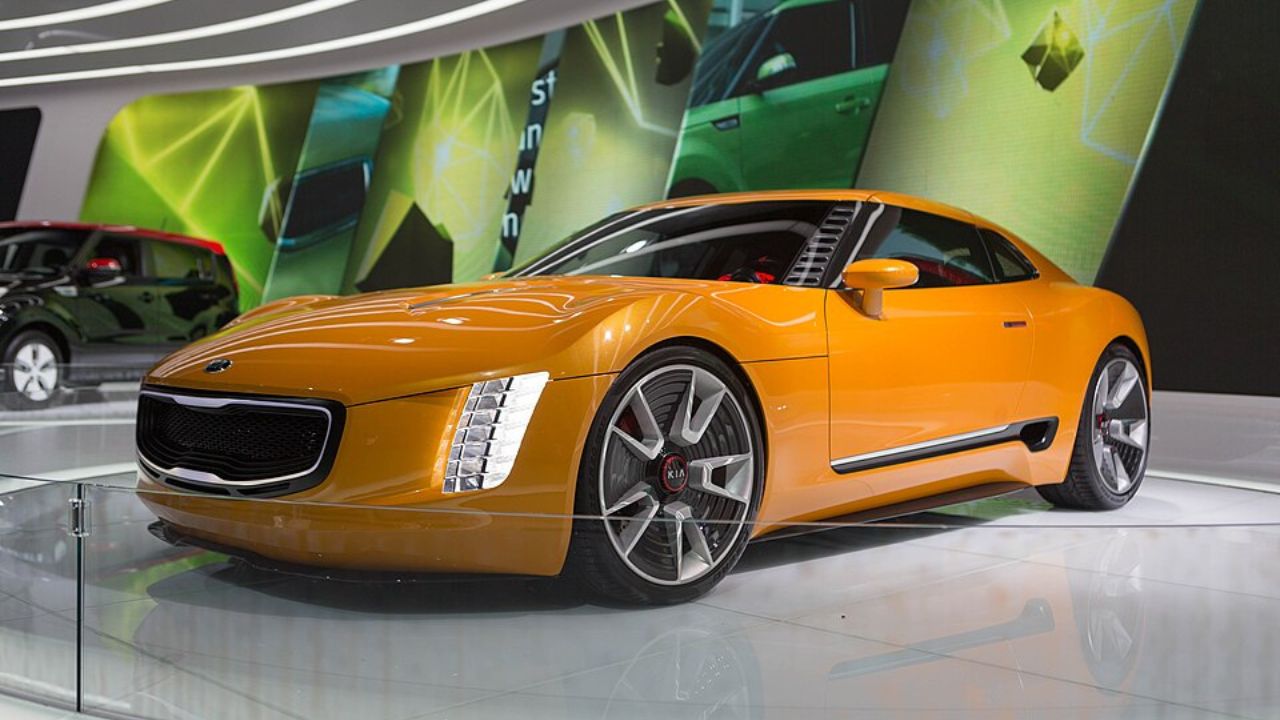
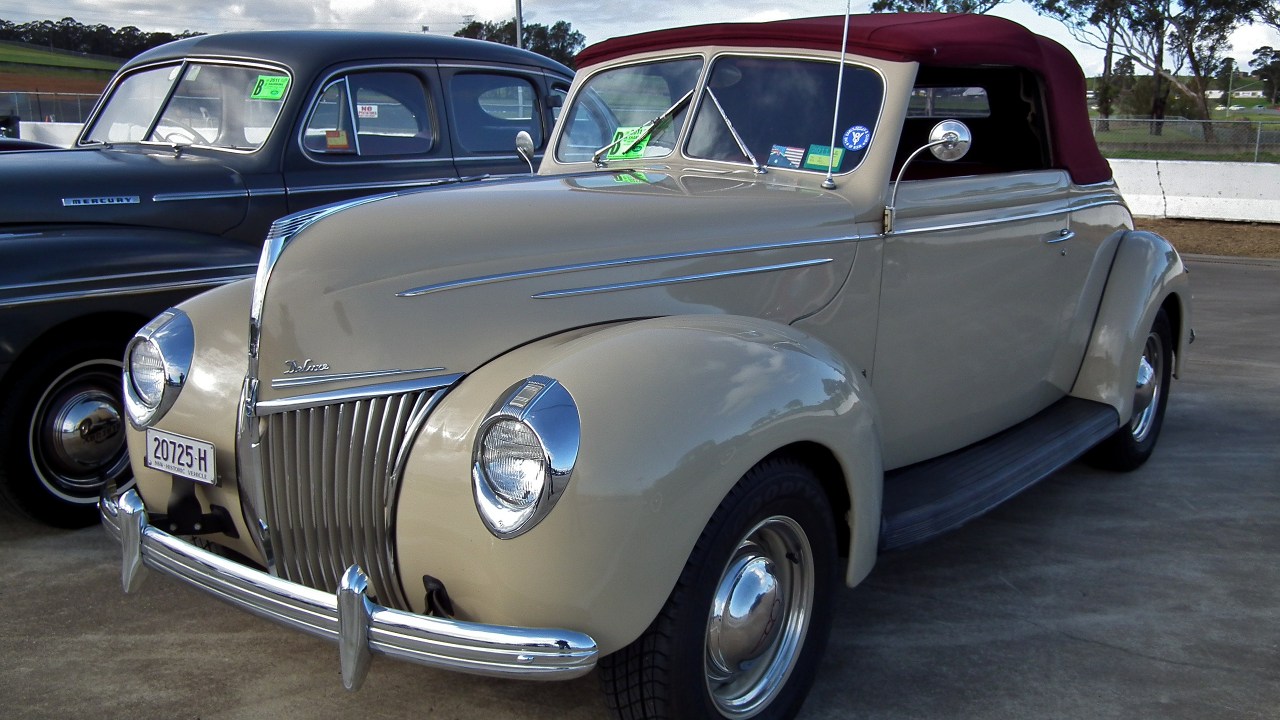
Leave a Reply